Ambalavao
Striking Architecture
Ambalavao is a fascinating little town in the central highlands south of Fianarantsoa. The town is known for its paper-making, silk making and wines. The striking feature of this town is the architecture because of the old town houses with wooden balconies. From the centre of the market you can get a good view of the town houses and the church.
Ambalavoa is famous for Antaimoro paper-making and you can visit the paper factory. You can interact with the workers and try your own decoration with inlayed flowers, leaves and petals. From simple decorative paper, it is turned into postcards, wall hangings, gift bags, lampshades and many more items. This town is the centre for Zebu (Malagasy horned cattle) trading for all the surrounding countryside. Many tribes bring their herds of cattle here to the weekly Zebu market (every Wednesday).
Ambalavao: A Cultural Hub at the Gates of the South
Welcome to Ambalavao, a vibrant town where the Betsileo Highlands meet the great expanse of the South. Located on the famous RN7 route, this destination is a crucial stop for travelers seeking a deep dive into Malagasy culture, spectacular nature, and unique traditional crafts.
Ambalavao is often called the “Gateway to the South,” a title earned by the three impressive rocky peaks—known as the “Three Sisters”—that stand watch a few kilometers outside of town, marking a stunning change in the landscape.
A Town Defined by Tradition and Craft
Ambalavao is famous for maintaining several fascinating, centuries-old traditions:
1. The Legendary Zebu Market (Wednesdays)
Witness one of Madagascar’s most chaotic and colorful spectacles! Every Wednesday, Ambalavao hosts one of the largest Zebu markets on the island. Herds of these iconic, humped cattle are driven in from the surrounding countryside.
- The Experience: It’s a vibrant, loud, and deeply cultural event. You’ll see herders and buyers negotiating deals, demonstrating the central role of the zebu (a symbol of wealth and tradition) in Malagasy life.
- Tip: The market is most active in the early morning.
2. Antemoro Paper Workshops
Discover the ancient art of Antemoro paper making. This tradition, originally introduced by Arab settlers, has been beautifully preserved in Ambalavao.
- The Craft: This rustic, handmade paper is created by boiling the bark fibers of the Avoha tree. The resulting sheets are then uniquely decorated with pressed natural flowers and leaves before being sun-dried.
- Take Home: Visit a local workshop to watch the entire process from start to finish, and purchase beautiful, eco-friendly souvenirs like postcards, notebooks, and wall hangings.
3. Betsileo Wild Silk Weaving
Ambalavao is a key centre for the production of wild silk. This craft involves a special species of silkworm that feeds on the local tapia trees, resulting in a distinctively rough and iridescent fabric.
- Cultural Significance: This silk is crucial to local funeral rites, where it is woven into the traditional Lamba Arindrano used to wrap the dead.
- Workshop Visit: Stop at a silk workshop, such as Soalandy, to see the entire process of silk cultivation, spinning, and hand-weaving into stunning textiles.
Nature and Wildlife on the Doorstep
Ambalavao serves as the perfect launchpad for some of Madagascar’s most accessible natural wonders:
Anja Community Reserve (The Ring-Tailed Lemur Sanctuary)
Just a short drive south of the town, this community-managed reserve is one of the best and most reliable places to see the famous Ring-Tailed Lemurs in their natural habitat.
- Lemur Sightings: Led by local guides, you can get incredibly close to large families of these sun-worshipping primates as they bask on granite boulders.
- Local Management: By visiting, you directly support the local community and their successful conservation efforts. The reserve is also home to chameleons, reptiles, and a unique array of flora.
Andringitra National Park
For the serious hiker and adventurer, Ambalavao is the starting point for expeditions into the magnificent Andringitra Massif.
- Epic Views: This park offers multi-day treks through stunning granite mountains, deep valleys, and high plateaus.
- Highlights: You can attempt to climb Pic Boby, Madagascar’s second-highest peak, or explore beautiful natural pools and waterfalls.
Architectural Charm and Local Life
While you’re in town, take a moment to appreciate the striking Betsileo architecture. The old part of Ambalavao features handsome houses with distinctive “varangues” (wooden verandas) that showcase carved wooden balustrades and colorful pastel paint, reflecting the unique blend of traditional and colonial styles.
Ambalavao is not just a destination; it’s an authentic, living crossroads where Malagasy tradition, commerce, and nature converge.
Local Hotels
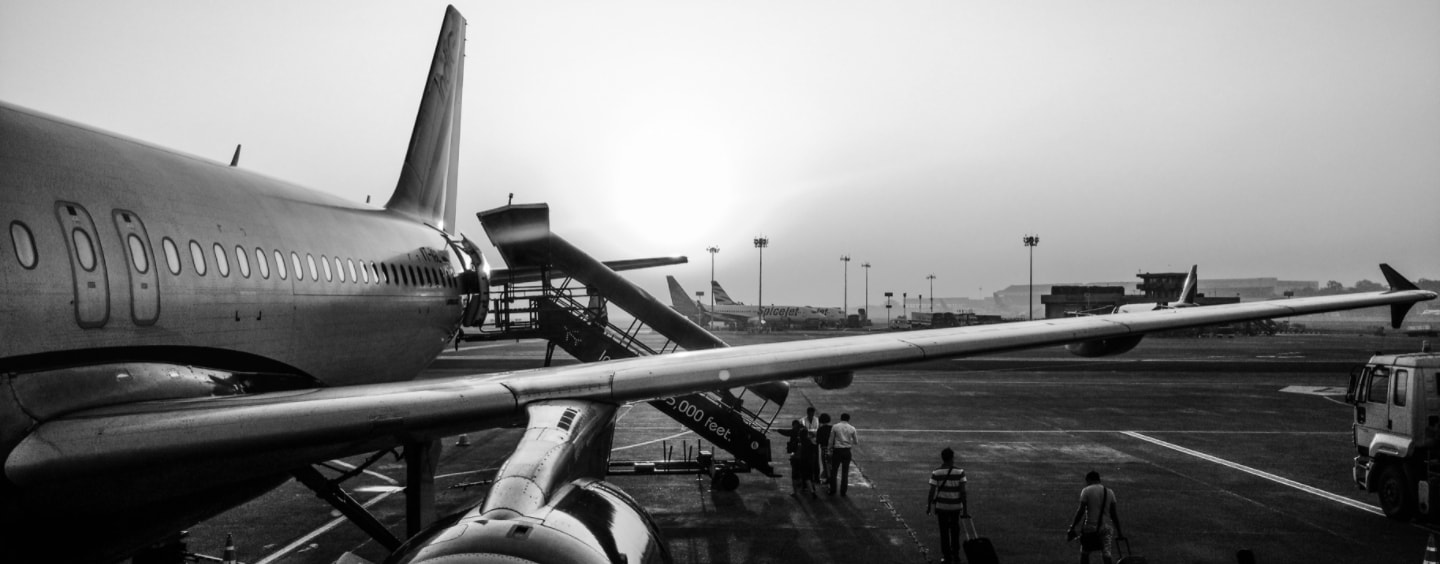
Unsure Where To Start?
Let’s talk about your Earth Trip


Our travel specialists are seasoned explorers with deep local insights. Whether it’s uncovering hidden gems or planning immersive cultural experiences, we design trips that go beyond the ordinary. Get in touch today!
Request A Video MeetingOther Popular Experiences










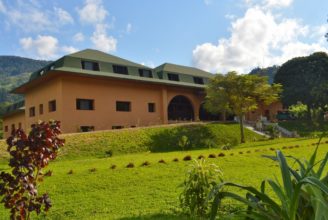
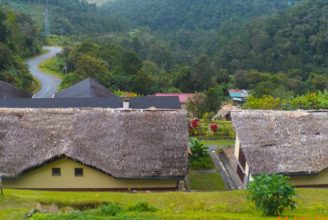
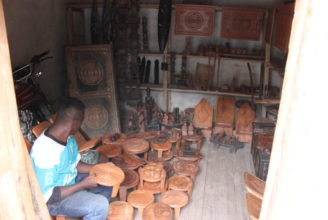

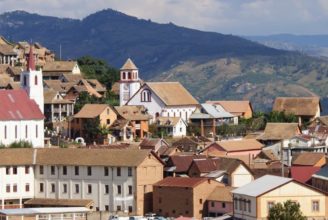
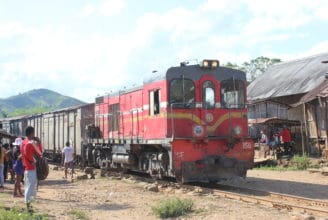
 Ambalavao paper and silk making
Ambalavao paper and silk making